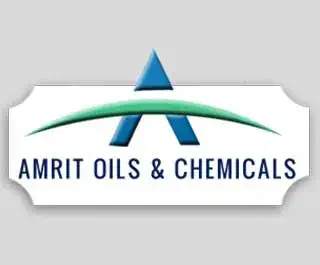Esterification
We believe in providing top quality workmanship and are so confident in our level of service that we back.
We believe in providing top quality workmanship and are so confident in our level of service that we back.
Esterification is a chemical reaction used in biodiesel production to convert fatty acids into fatty acid methyl esters (FAME), which are the primary components of biodiesel. This process involves the reaction of fatty acids with methanol in the presence of a catalyst to produce biodiesel and glycerine.
Esterification is integral to the biodiesel production process. It enables the conversion of various oils and fats into fatty acid methyl esters (FAME), which are used as a renewable fuel alternative to petroleum diesel. The biodiesel produced through esterification can be used in existing diesel engines without modifications, contributing to energy security, environmental sustainability, and reduced dependence on fossil fuels. Additionally, the by-product glycerine can be further processed to meet high purity standards for pharmaceutical applications.
Oils or fats (such as vegetable oils, yellow greases, used cooking oils, or animal fats) undergo pretreatment to remove contaminants like phosphorus, sulfur, free fatty acids, moisture, and coloring pigments. This ensures that the feedstock is suitable for the esterification reaction
he pretreated triglycerides are reacted with methanol in the presence of an alkaline catalyst or enzyme. This reaction converts triglycerides into fatty acid methyl esters (biodiesel) and glycerine through a transesterification process.
The reaction yields biodiesel and glycerine. The biodiesel is subsequently purified and distilled to produce BS100 Biodiesel, adhering to ASTM/EN/IS standards, while the glycerine is further processed to achieve pharma-grade purity (98.7%).
Esterification is a critical step in biodiesel synthesis, enabling the transformation of oils and fats into a renewable fuel that can replace petroleum diesel, contributing to energy security and environmental sustainability.

Strategies to ensure proactive domination. At the end of the day,User generated content in real-time will have multiple touchpoints for offshoring.























Discover some of the most asked questions regarding Esterification in Biodiesel.
Esterification is a key chemical reaction in biodiesel production that converts fatty acids into fatty acid methyl esters (FAME), the main components of biodiesel. This process also produces glycerine as a by-product.
oils (like sunflower oil, sesame oil), and specialty oils (like essential oils).
Feedstocks include vegetable oils, yellow greases, used cooking oils, and animal fats. These oils and fats are pretreated to remove contaminants before esterification
The esterification reaction involves reacting pretreated triglycerides with methanol in the presence of an alkaline catalyst or enzyme. This reaction transforms triglycerides into fatty acid methyl esters (biodiesel) and glycerine.
After the reaction, the mixture is separated into biodiesel and glycerine. The biodiesel undergoes purification and distillation to produce BS100 Biodiesel, which meets ASTM/EN/IS standards. The glycerine is further refined to achieve pharma-grade purity (98.7%).
Pretreatment removes impurities such as phosphorus, sulfur, free fatty acids, moisture, and coloring pigments. This ensures the feedstock is suitable for the esterification reaction and improves the efficiency and quality of the biodiesel produced.